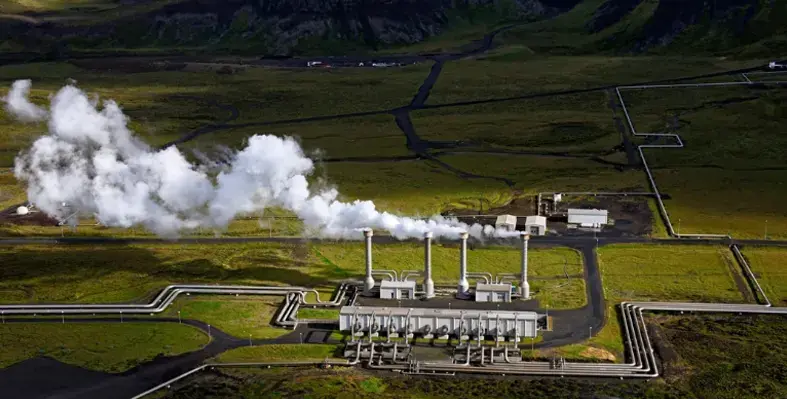Synergy Consulting discusses the potential of geothermal energy
Geothermal energy is fast gaining traction as a important source of renewable energy, harnessed from the immense heat stored beneath the Earth’s surface. This heat, originating from the planet’s core, is generated by the decay of radioactive materials and the residual energy left from the Earth's formation over four billion years ago. This geothermal energy that lies within the Earth’s crust can then be tapped to produce electricity or used directly for heating purposes, offering a clean and reliable power source.
Located roughly 2,900 km below Earth’s crust, the core is the hottest part of the planet. Although some of the core’s heat is residual from Earth's formation, the majority is continuously produced by the natural decay of radioactive isotopes like potassium-40 and thorium-232. This process sustains geothermal heat as a renewable resource.
When underground rock formations are heated to extreme temperatures of 700-1,300°C (1,300-2,400°F), they can become magma -– molten rock filled with gas bubbles. Magma exists deep in the Earth’s mantle and lower crust, sometimes rising to the surface as lava. This magma heats nearby rocks and underground water reservoirs, which can be released through natural outlets such as geysers, hot springs, and steam vents.
Geothermal power plants
Geothermal power plants are built on this principle and capitalise on the natural heat by using steam or hot water reservoirs beneath the Earth’s surface to drive turbines connected to electricity generators. In some cases, water is injected into the ground to be heated and brought back to the surface for energy production. This process is not only efficient but also relatively low in emissions compared to fossil fuel-based energy sources.
While still a niche technology, geothermal energy already plays a substantial role in power generation for several countries. Iceland, El Salvador, New Zealand, Kenya, and the Philippines rely heavily on geothermal energy to meet their energy needs. The United States has also been a long-standing pioneer in this field, with its first geothermal district heating system established in 1892 in Boise, Idaho. This system still provides heat to hundreds of homes over a century later.
In 2022, geothermal energy generated approximately 92bn kilowatt-hours (kWh) of electricity across 24 countries, according to the International Energy Agency (IEA). The European Commission notes that deep-geothermal energy has the highest capacity factor among renewable sources, exceeding 80%. This high efficiency makes geothermal a highly scalable option for industrial-scale energy production. Projections from the IEA’s Sustainable Development Scenario anticipate that global geothermal power will triple by 2030, from 92 terawatt-hours (TWh) in 2019 to 282 TWh.
As the world faces increasing demand for energy, geothermal power offers a reliable, clean, and efficient way to augment traditional energy sources. With its high potential for scalability, it could play a crucial role in meeting global energy needs while reducing dependence on fossil fuels.
This article is authored by Synergy Consulting IFA.
Sponsored
content by











